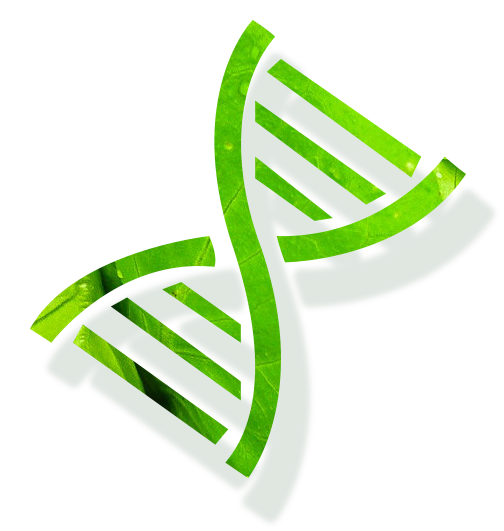Exploring the Metabolism of Diterpenoids in Skullcaps
Speaker:Evangelos C. Tatsis
Date:2021-05-10 10:00-11:00
Location:5-312
Host: Xudong Qu
Abstract:
Scutellaria L., also known as the skullcaps, is the second largest genus in Lamiaceae family with more than 300 species. Skullcaps have been used extensively for centuries in applications in Traditional Chinese Medicine (TCM). Scutellaria baicalensis Georgi is a famous medicinal plant widely used in TCM, mainly due its bioactive 4’ deoxyflavones which are produced at high levels, specifically from its roots (Huang Qin).
Scutellaria barbata D.Don, is used extensively in TCM treatments of cancers; particularly in the advanced metastatic cancers, where its efficacy at reducing cancer progression as well as an absence of harmful side effects, has resulted in renewed interest in using this traditional prescription (Ban-Zhi-Lian) as therapy complimentary to Western chemotherapies. The aerial parts of S barbata, mainly used for TCM decoctions, are rich in clerodane diterpenoids. Recently, scutebarbatine A, the major clerodane diterpenoid identified from S. barbata extracts, was found to induce tumor-selective cytotoxicity by taking the brakes off apoptosis; suggesting that the chemotherapeutic bioactivities of S. barbata extracts could be enhanced. Despite the numerous phytochemical works on diterpenoid content of S. barbata and other Scutellaria species, there is a large knowledge gap regarding the medicinal properties of those compounds and genetic information on how, and why they are synthesized by the plant.
In order to elucidate the biosynthesis of clerodane diterpenoids we sequence the genome of S. barbata. Mapping the diterpene metabolism by functional characterizing the diterpene synthases from S. barbata, S baicalensis and Salvia splendens we identified three basic diterpene metabolic pathways leading to giberrelins, abietane and clerodane diterpenoids. Biochemical activity paired with extensive phylogeny and comparative genomics revealed the origin and evolution of class II and class I clerodane synthases in species of Lamiaceae family.
About Speaker
In 2001, I received my Bachelor degree in Chemistry at University of Ioannina, Greece where I remained until 2006 to complete my PhD. in Natural Products Chemistry. In 2008, I moved to Germany with a Marie Curie Fellowship to take a position as Post Doc Research Fellow in NMR/Biosynthesis Group at the Max Planck Institute for Chemical Ecology, Jena. Followed by a move to John Innes Centre, Norwich, UK in 2013 as Senior Post Doc Research Associate in Group of Sarah O’Connor.
Since September 2017, I joined as Group Leader the National Key Laboratory of Plant Molecular Genetics of Shanghai Institute of Plant Physiology and Ecology and I established my own group. The fundamental goal of our group is to determine how plants make natural products. Our major focus is to elucidate, understand and engineer the metabolic pathways which are responsible for the biosynthesis of natural products from Chinese medicinal plants. To address these important goals, we have an approach based on genomic resources, utilizing bioinformatics, molecular biology and enzymology techniques, with synthetic biology.
Our lab is part of the Centre of Excellence for Plant & Microbial Science (CEPAMS) a collaboration between the Chinese Academy of Sciences (CAS) and the John Innes Centre (JIC).



